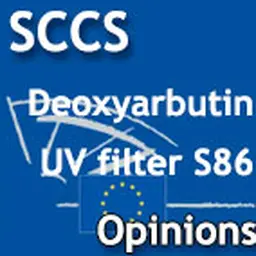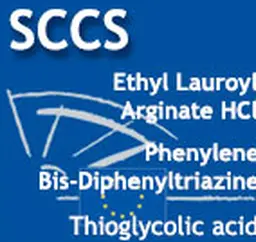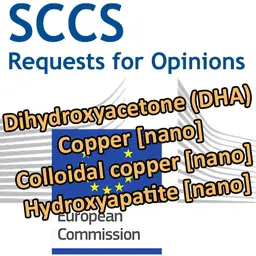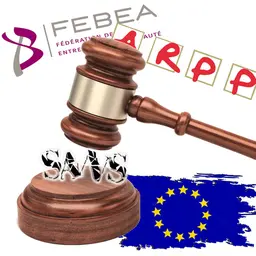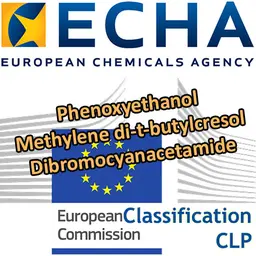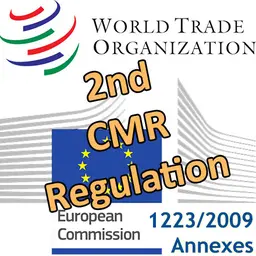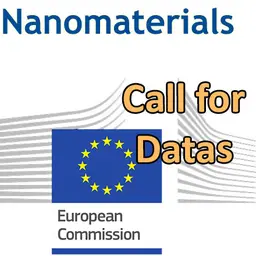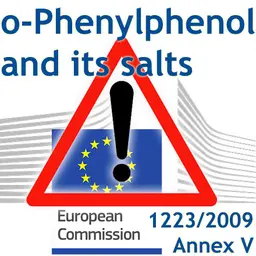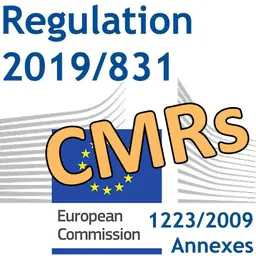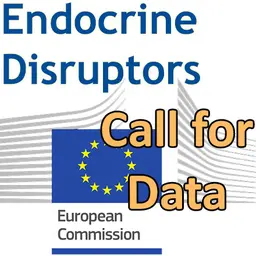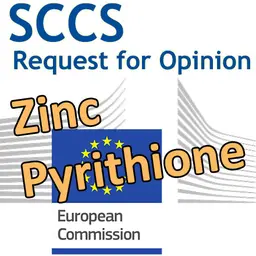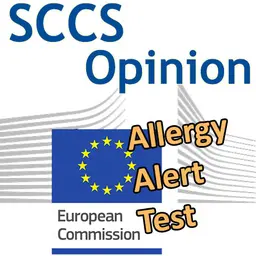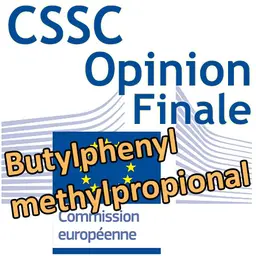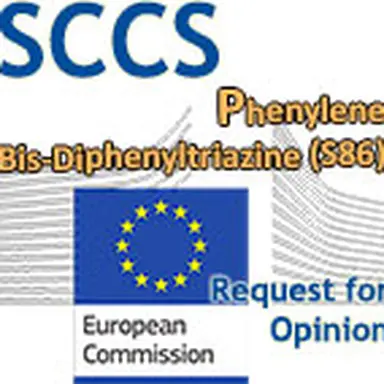
The safety of the UV-Filter Phenylene Bis-Diphenyltriazine (S86) will be re-assessed by the SCCS. The request from the European Commission, following the submission of a new dossier par Pierre Fabre Laboratories was published on September 7, 2017.
Background
Following
submission I on Phenylene Bis-Diphenyltriazine
to assess its safety for use in cosmetic products, the SCCS concluded in its
Opinion in July 2015
(SCCS/1556/15) that:
'The following conclusions apply to Phenylene bis-diphenyltriazine with median particle size distribution (number-sized) around 130-170 nm or larger.
1. Does the SCCS consider Phenylene bis-diphenyltriazine, S86, safe for use as a UV-filter in sunscreen products in a concentration up to 10.0% taking into account the scientific data provided?
The SCCS considers Phenylene bis-diphenyltriazine, S86, not safe for use as a UV-filter in sunscreen products in a concentration up to 10.0% taking into account the scientific data provided.
SCCS cannot exclude that Phenylene bis-diphenyltriazine may have a genotoxic potential.
2. Does the SCCS have any further scientific concerns with regard to the use of Phenylene bis-diphenyltriazine, S86, as a UV-filter in sunscreen and/or other cosmetic products?
An adequate physico-chemical characterisation should be provided.
The tests conducted on eye irritation and skin sensitisation are considered inconclusive.
The phototoxicity potential can as yet not be excluded.
This Opinion does not apply to inhalation exposure of Phenylene bis-diphenyltriazine since no adequate information on chronic or sub-chronic toxicity after inhalation was provided.
The SCCS noted that due to …

